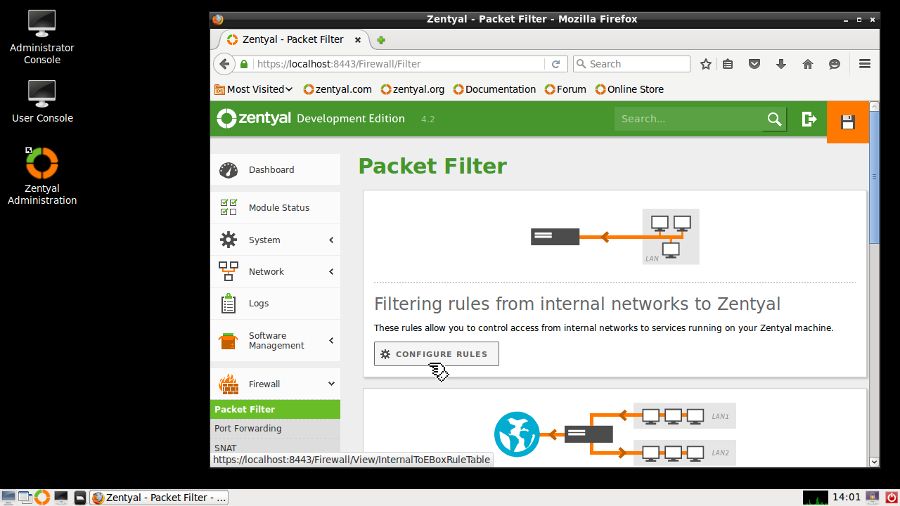
The chain names indicate which traffic the rules in each list will be applied to: INPUT is for any connections coming in to the server, OUTPUT is for traffic leaving the server and FORWARD is for any pass through. You don’t see any rules because Debian 8 doesn’t ship with a default rule set. There are three default chains: INPUT, OUTPUT and FORWARD. Check the current iptable rules using the following command iptables - L Debian 8 iptables default Configuring iptables on Debian 8ĭebian servers do not implement any restrictions by default. Change the “yes” to “no”, save the file (CTRL + o) and restart SSH using systemctl restart ssh or service ssh restart or / etc/ init. To block remote SSH access to the root account, open the SSH daemon configuration file nano / etc/ ssh/ sshd_config and find the line PermitRootLogin yes . Run this command as root to add the user “george” to the sudo group usermod - a - G sudo georgeĭisabling remote root login is recommend. By the way sudo is an abbreviation of “super user do”. To grant sudo privileges to the new user, you need to add the user to the “sudo” group. Enter a strong password and enter any other information (optional), just press enter to skip. Next create a new user, for example “george” but use any name you like, using the adduser command. Update the apt package index first using apt- get update , then use apt- get install sudo to install sudo. This will allow a normal user to run admin commands by putting the word sudo before each command.ĭebian 8 doesn’t normally come with sudo installed. Simple errors in entering commands can cause major damage to the system. It is often recommended that no one use root as their normal user account. To install the service run apt- get install openssh- server 2) Create a new user account and add to the sudo group

If you see command not found, it’s not installed. To find out if SSH is installed run dpkg - s openssh- server . You can use the package manager for Debian / Ubuntu via the dpkg command. 1) Install SSH (if not already configured) When you create a new Debian 8 server, there are a few steps required as part of the basic setup.


 0 kommentar(er)
0 kommentar(er)
